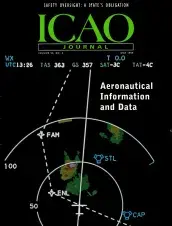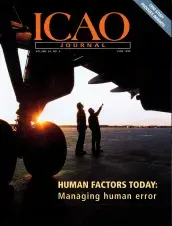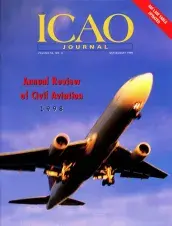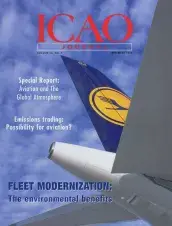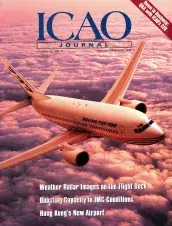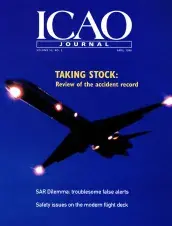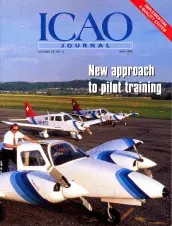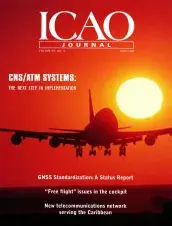ICAO Journal
The objective of the Journal is to provide a concise account of the activities of the International Civil Aviation Organization and to feature additional information of interest to Contracting States and the international aeronautical world.
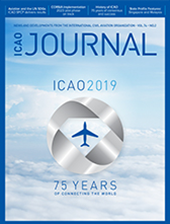 (ICAO Journal is available in English only from 2013)
(ICAO Journal is available in English only from 2013)
Efforts are under way the world over to address potential problems that may arise from the so-called millenium bug, with 1 July 1999 a pivotal date as ICAO Contracting States are supposed to report by then on the status of their Y2K readiness. In the article beginning on page 4, three civil aviation administrations describe their Y2K compliance programmes and offer insight based on their experience.
Aeronautical data have taken on new importance in an era of data-dependent navigation systems, and international action is required to standardize the presentation and display of such information in electronic format. An overview of future AIS-related requirements begins on page 4. Featured on this month's cover is a flight management system map display depicting the aircraft's navigation situation, weather, navaids, active flight plan and the planned route.
Human factors is a critical aspect of aviation safety that ICAO began to address, primarily by sensitizing the industry to this new dimension of safety, almost a decade ago. Inside are several articles on human factors issues in different aviation disciplines, with particular focus on management of human error.
The first model in Boeing's new family of 737 twin-jets, the 737-700, obtained U.S. type certification in November 1997 and has since entered airline service. Two other models in the "Next Generation" family of airliners, the -600 and -800, are expected to enter service during 1998, while development of the 737-900 is now under way.
At Horizon Swiss Flight Academy, pilot training commences with a simple familiarization flight in a Piper Archer and is followed by 20 hours in the simulator. This unusual approach to ab initio training was adopted by the flight academy as part of its airline pilot qualification programme.
High-level representatives from the world's civil aviation administrations, aviation industry and the financial community met for five days in May to discuss financing arrangements for the CNS/ATM systems. Conference delegates also discussed a global strategy for addressing various institutional, legal, training and technical cooperation issues.

